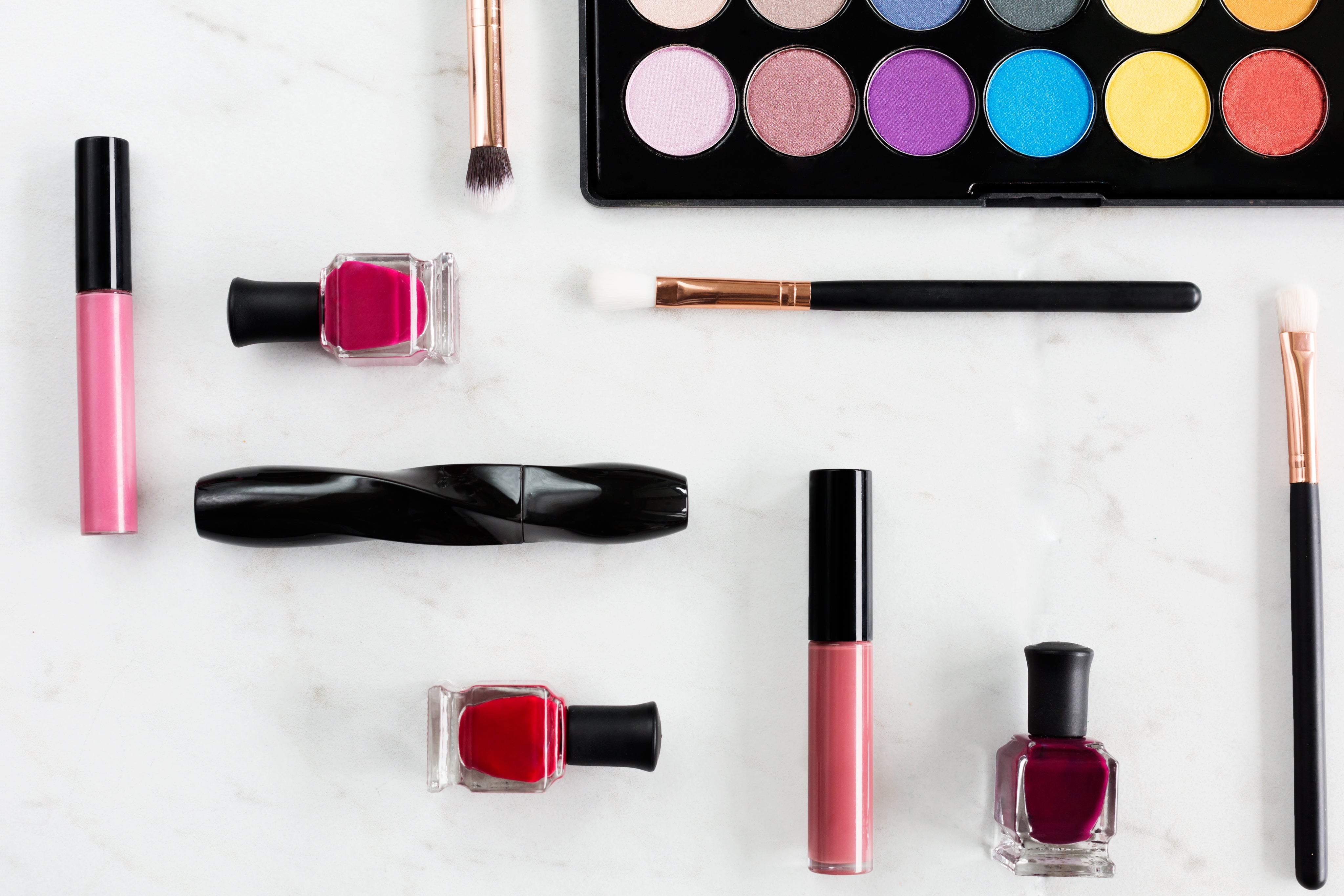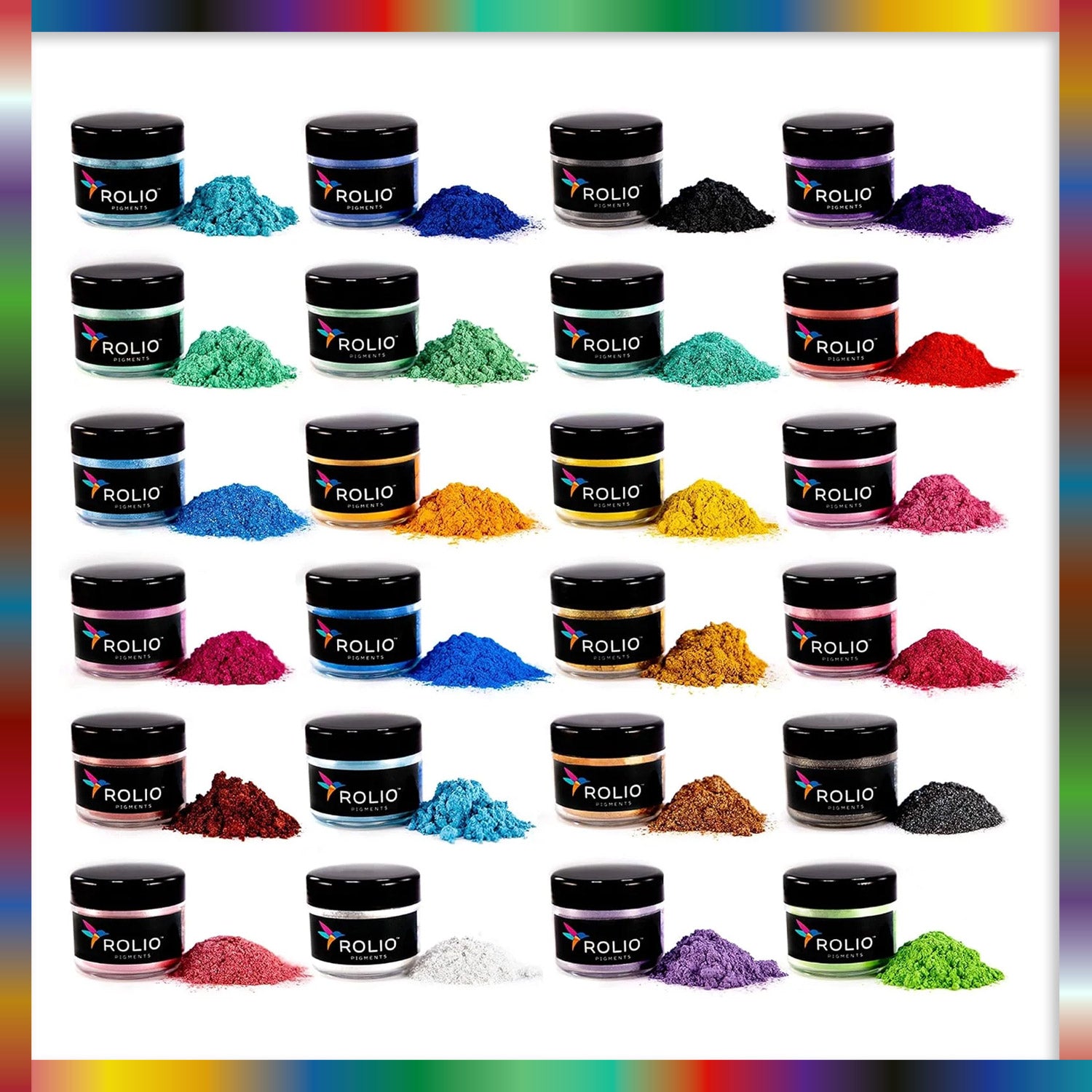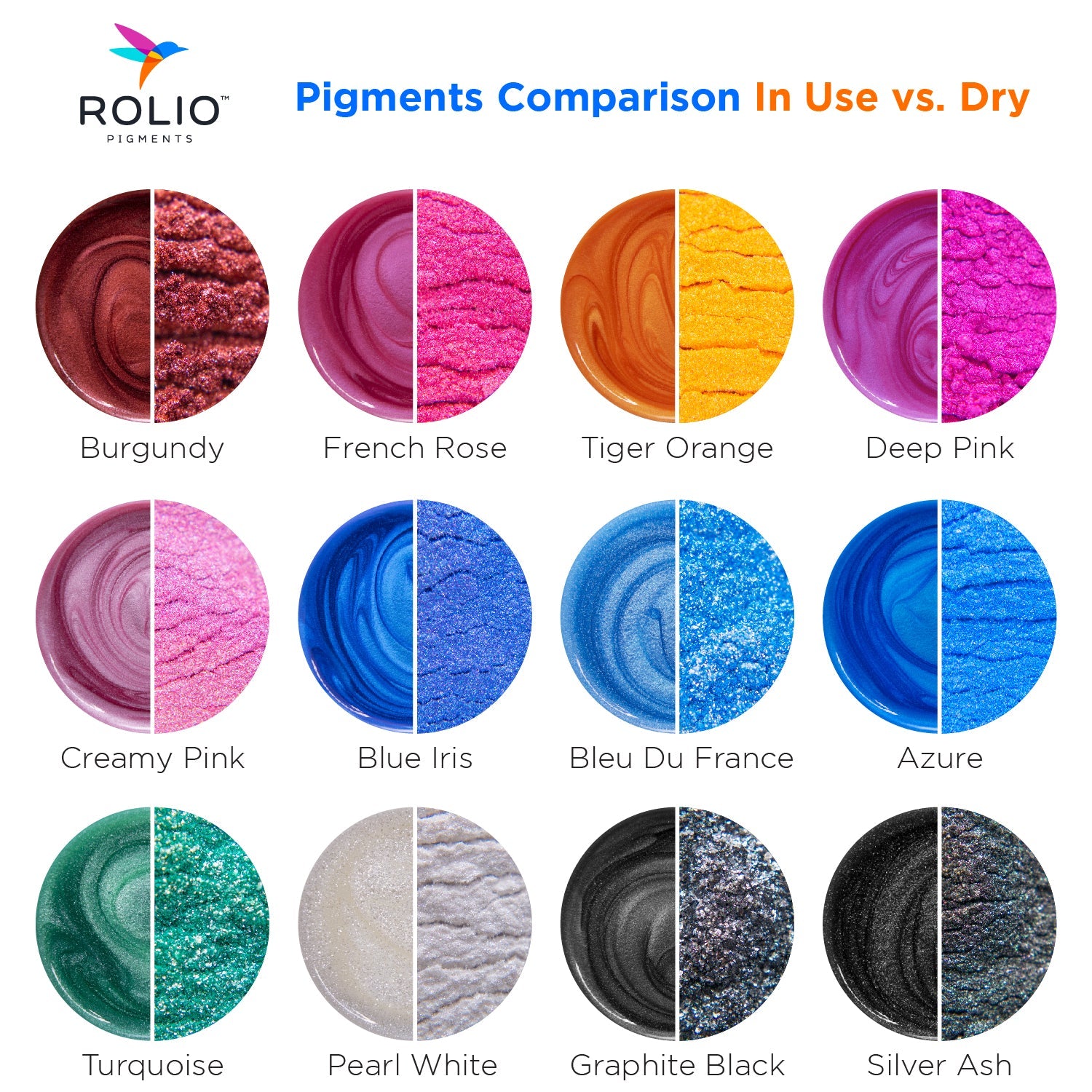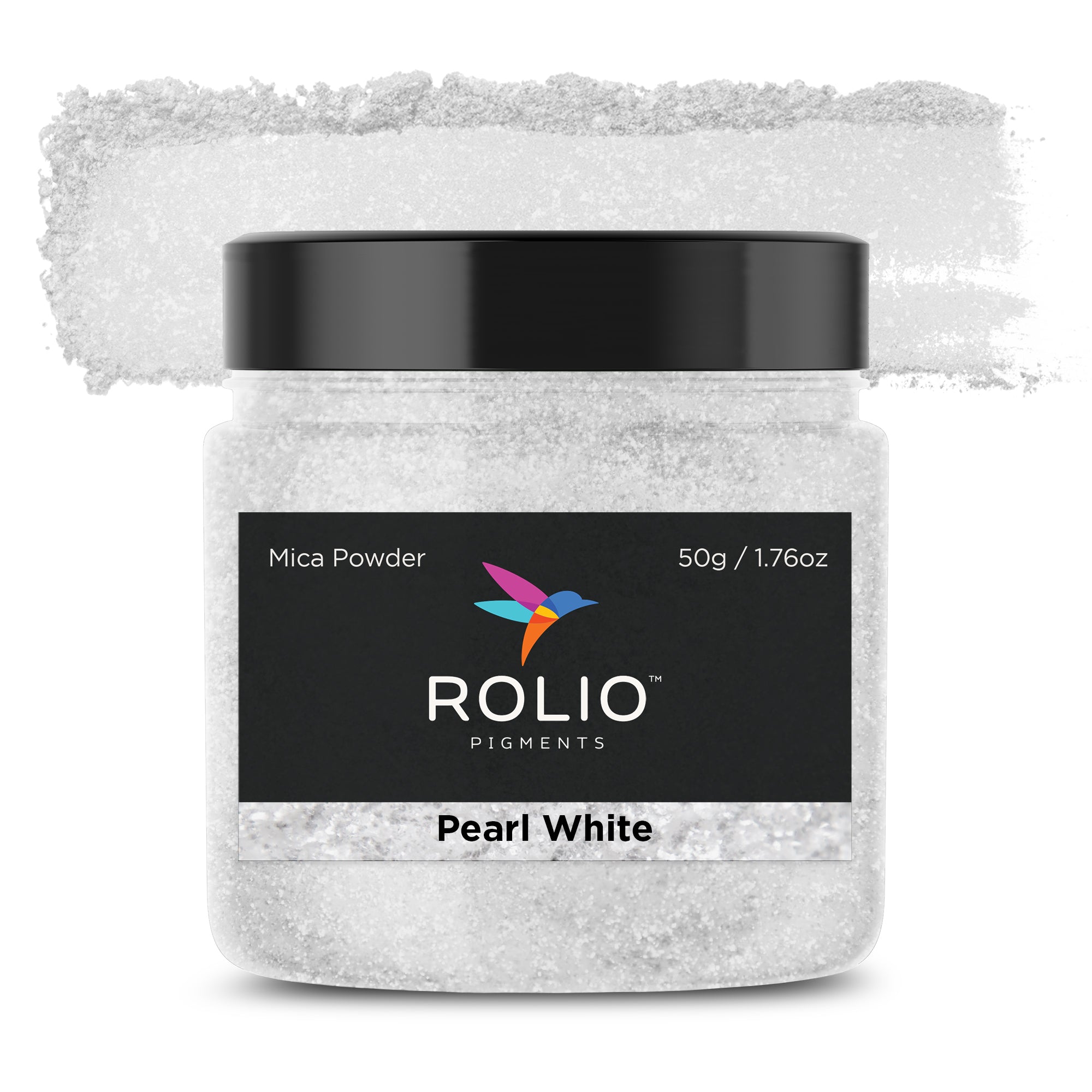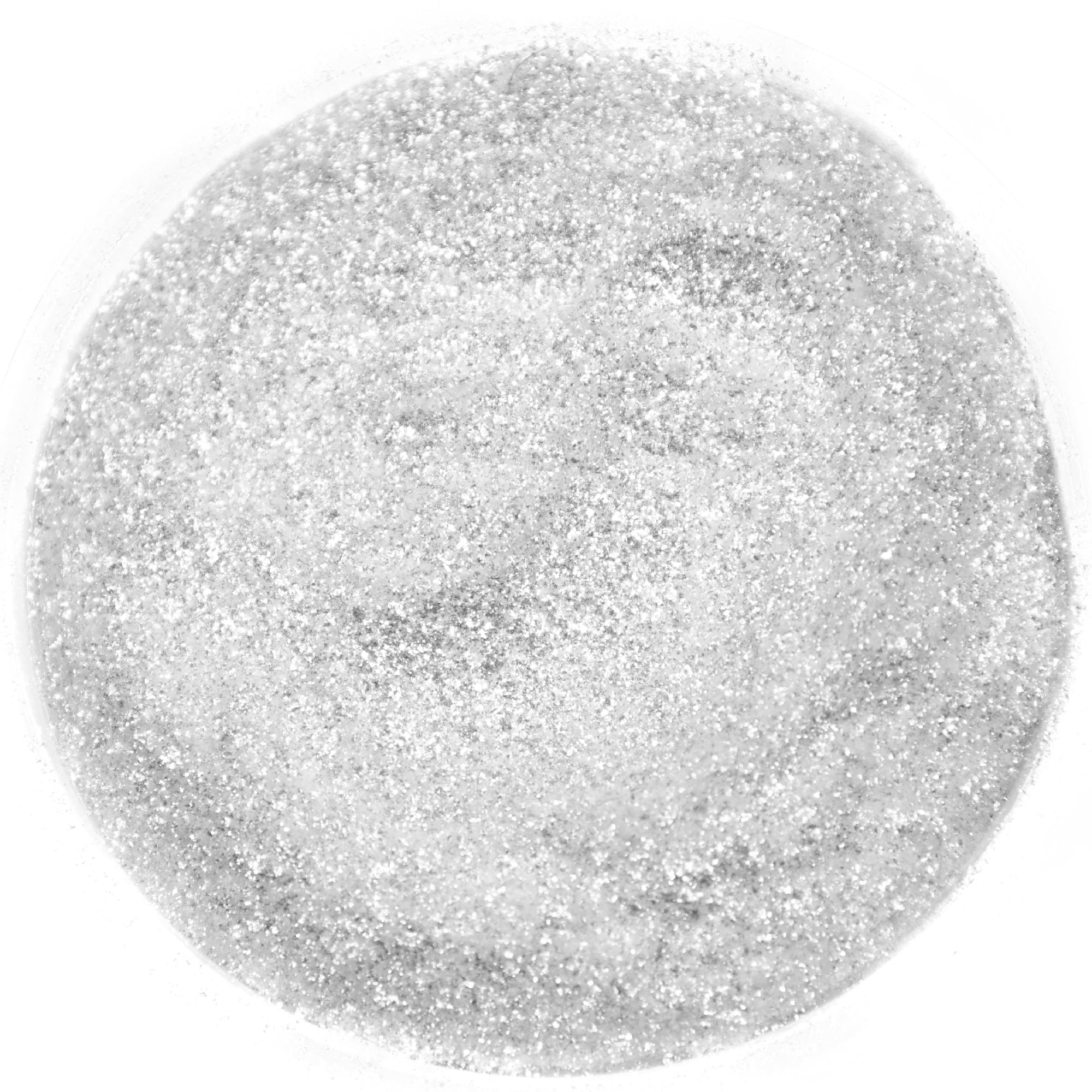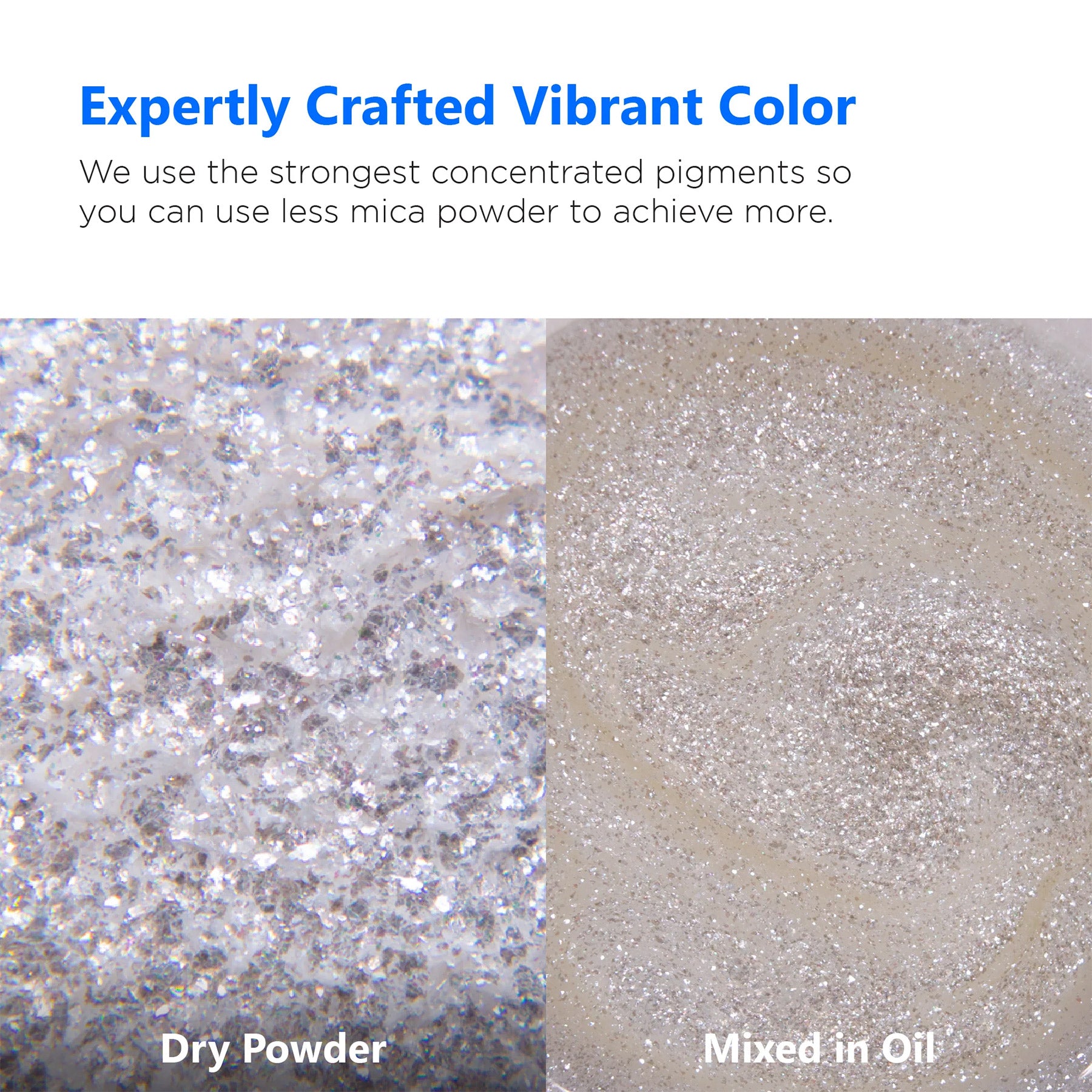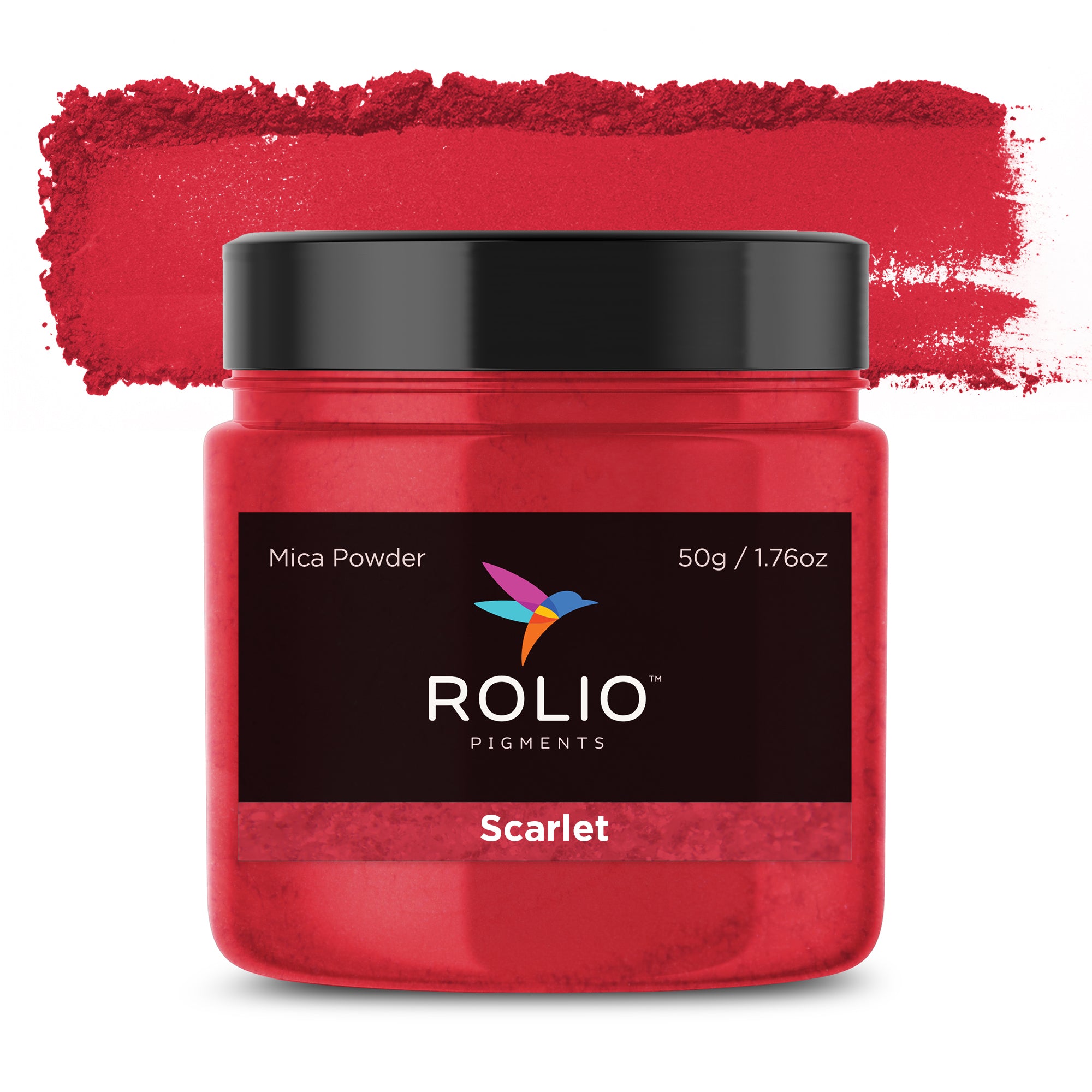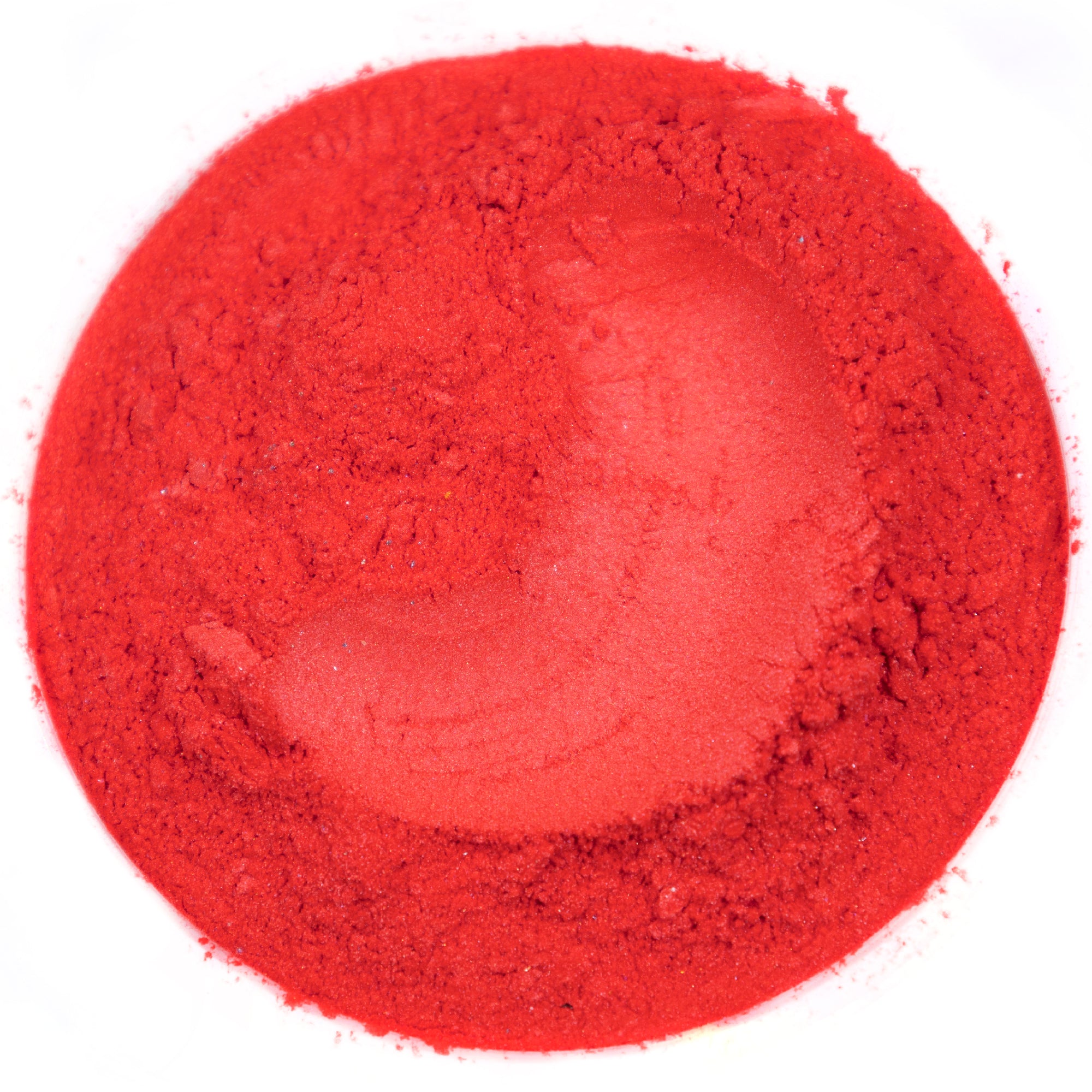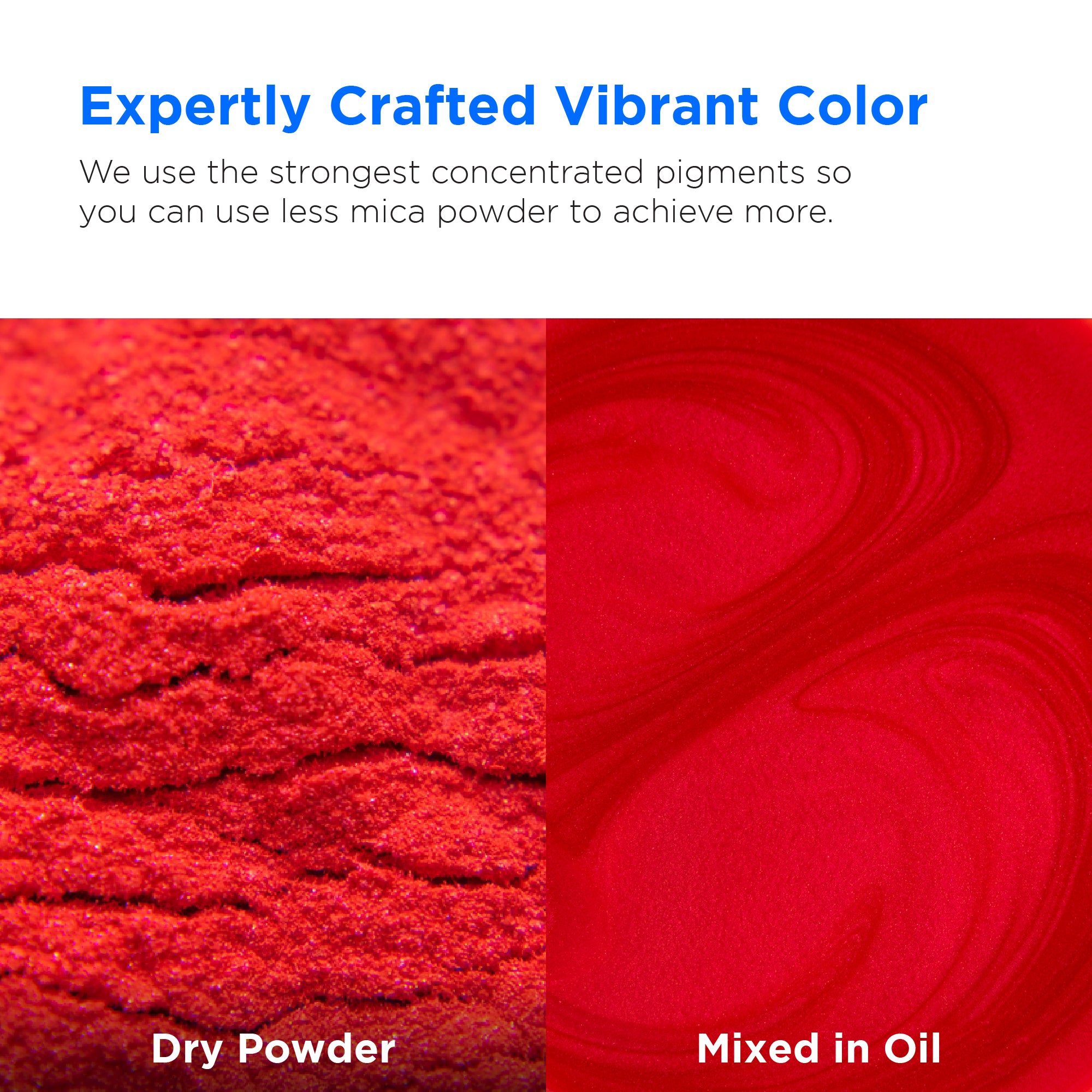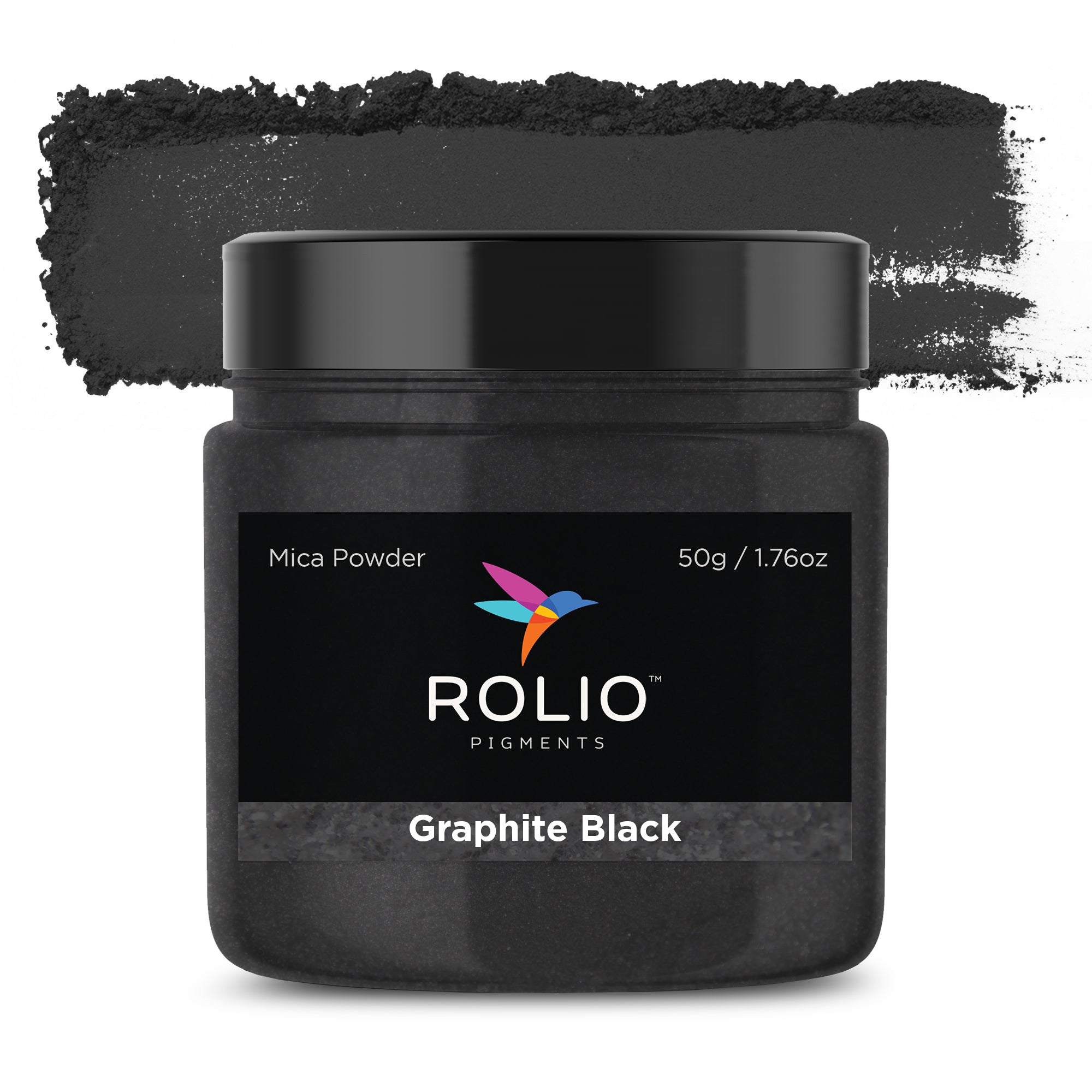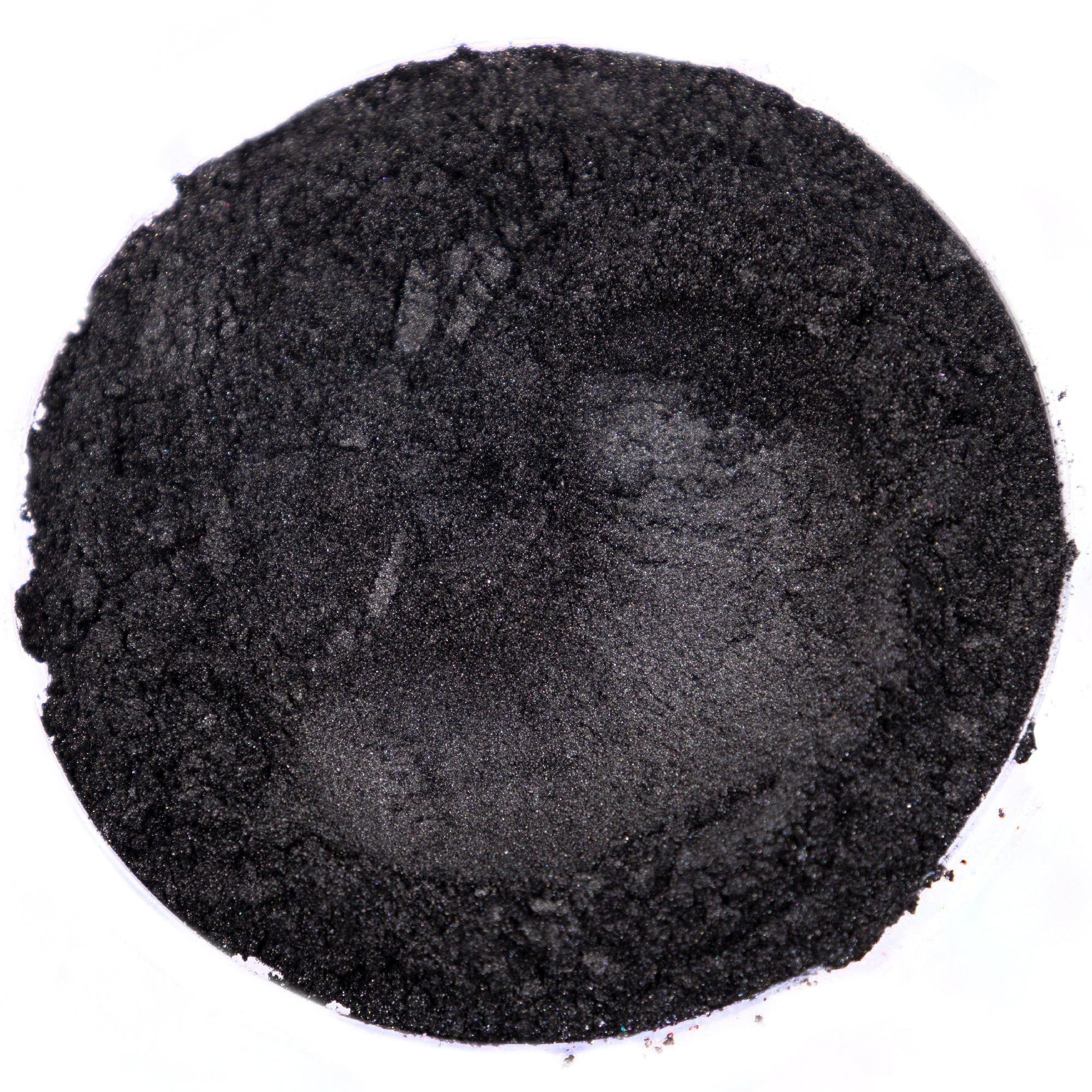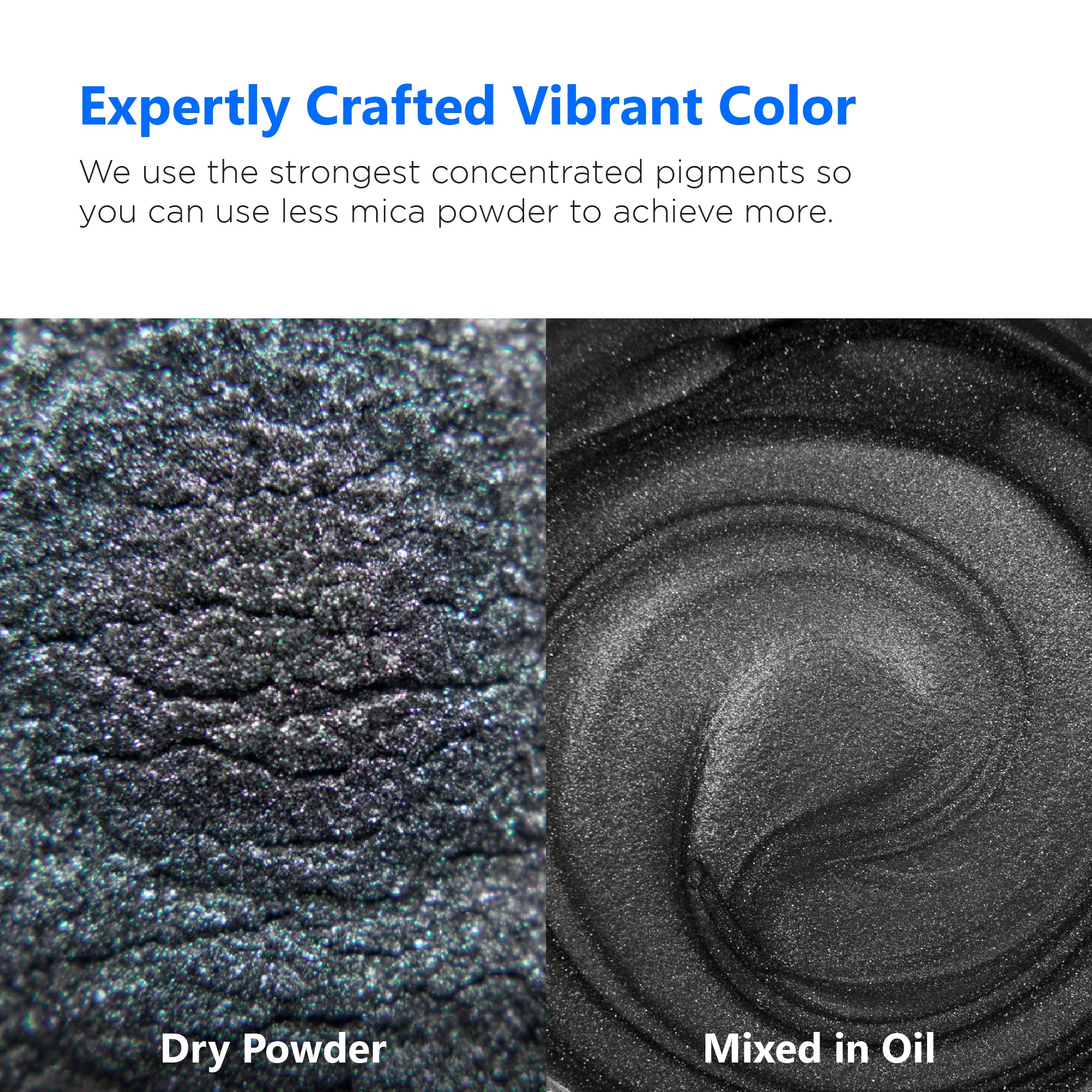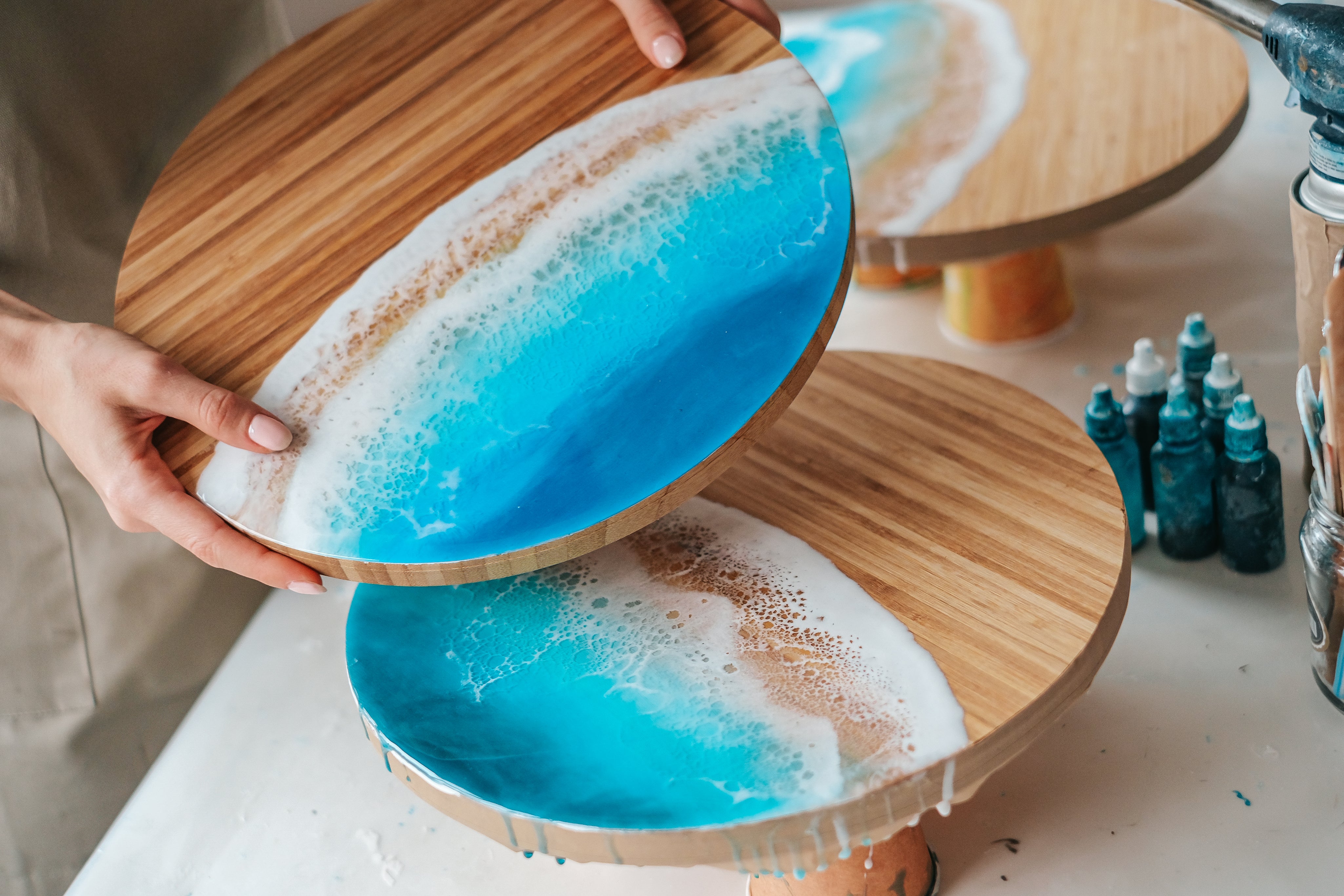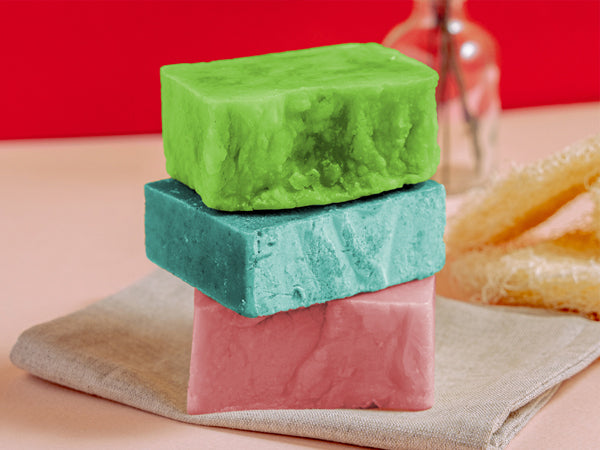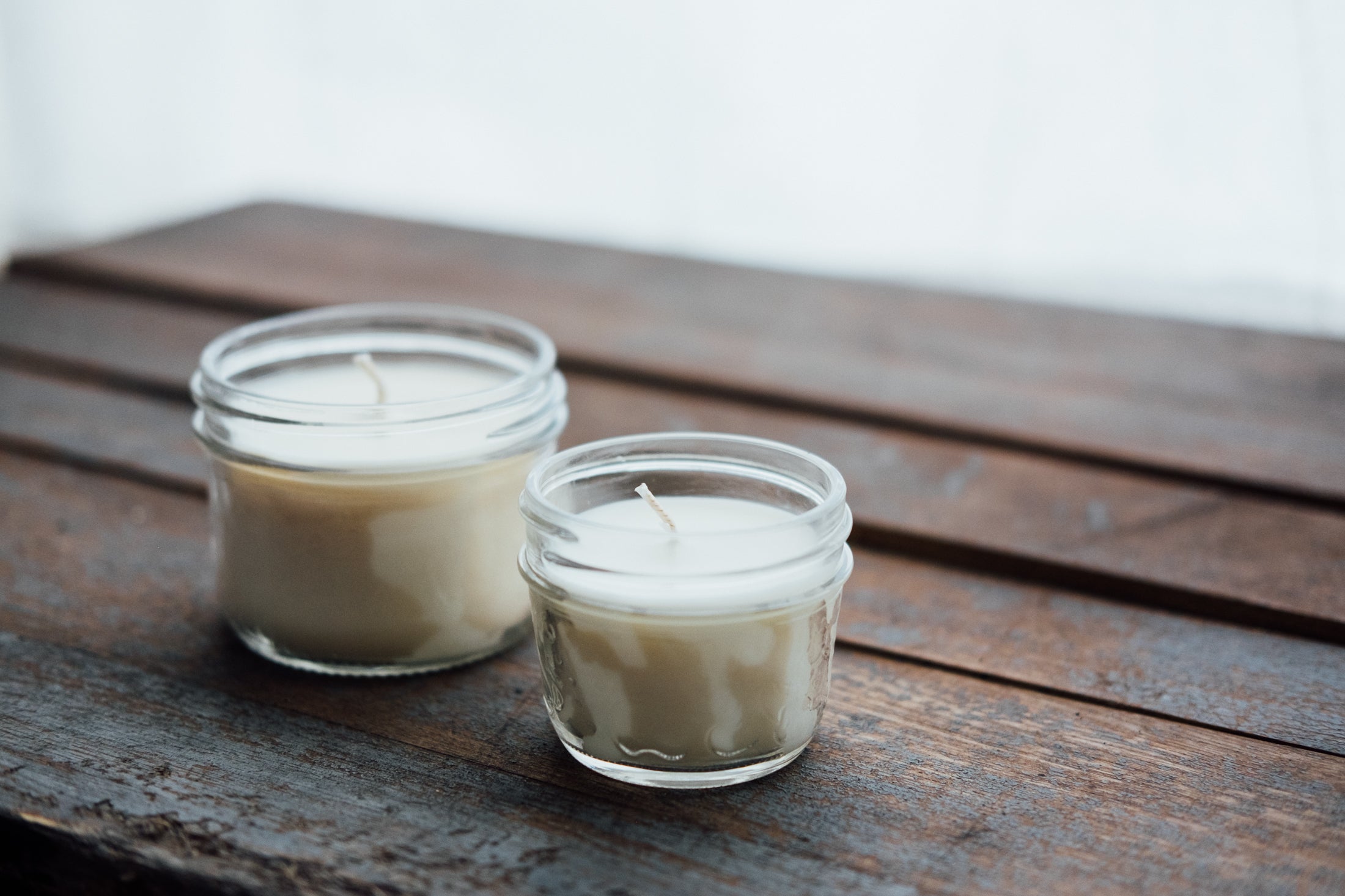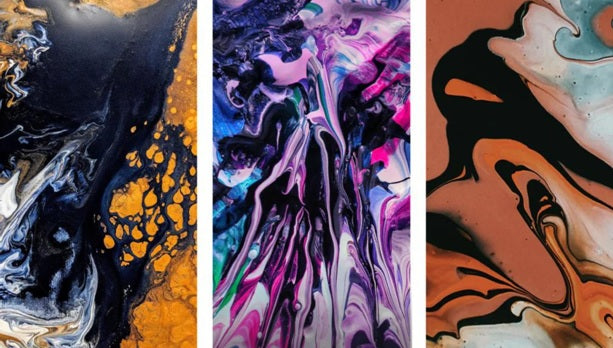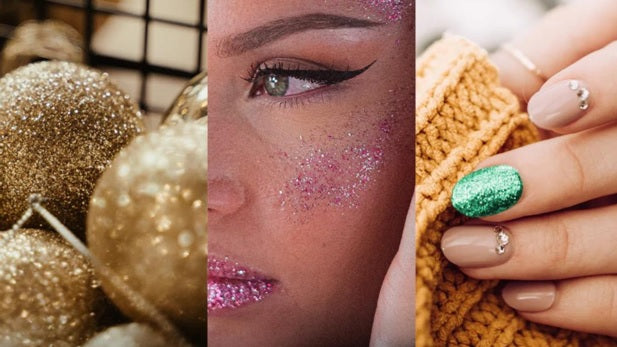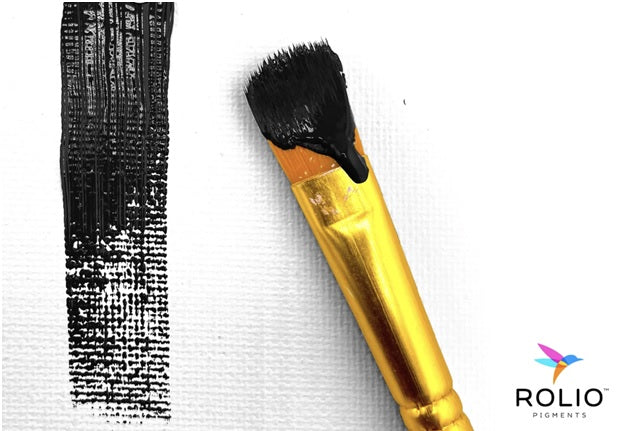Welcome to your ultimate guide for using mica powders in cosmetics and nail polish! This comprehensive page answers all your questions about incorporating mica powders into makeup, skincare, and DIY beauty products. Discover how to safely use mica powders to create vibrant eyeshadows, shimmering highlighters, tinted lip balms, glowing body powders, and dazzling nail polishes. Learn about choosing the right cosmetic-grade mica, mixing techniques, and achieving the perfect color and shimmer for your creations. Whether you’re crafting bold nail art with custom mica-infused polishes or formulating standout beauty products, this guide covers everything you need to know. Dive in and start creating stunning, skin-safe cosmetics and nail polishes with mica powders today!
Basics of Mica Powder for Cosmetics and Nail Polish
-
Mica powder is a finely ground mineral pigment known for its shimmering and reflective qualities. Cosmetic-grade mica powders are safe for use on skin and nails, making them ideal for creating makeup, skincare, and nail polish products.
-
Yes, as long as it is labeled as cosmetic grade. Cosmetic-grade mica powders are free of heavy metals and other harmful additives, making them safe for skin and nails.
-
Mica powders add vibrant color and shimmer to beauty products. They’re versatile, non-toxic, and create stunning effects ranging from subtle pearlescence to bold metallic finishes.
-
- Cosmetics: Eyeshadows, highlighters, blush, bronzer, lip balms, body shimmer, and more.
- Nail Polish: Custom nail polishes with vibrant colors, glitter, and shimmer.
Choosing the Right Mica Powder
-
- Cosmetic grade: Certified safe for skin contact.
- Matte or shimmer finishes: Choose based on the product (e.g., shimmer for highlighter, matte for eyeshadow).
- Iridescent and metallic shades: Perfect for bold looks.
-
- Fine-grained mica powders: Blend easily into polish for a smooth finish.
- Color-shifting or holographic micas: Add multidimensional effects.
- Pearlescent or metallic micas: Create luxurious, glossy finishes.
All Rolio Mica Powders are great for creating nail polish!
-
Not all mica powders are safe for use around the lips or eyes. Always check with the supplier for specific usage recommendations. While Mica Powder and Titanium Dioxide (main ingredients) are FDA Approved, the pigment dyes added for certain colors may not be approved.
Cosmetic Applications
-
- Mix mica powder with a binder, like glycerin or fractionated coconut oil, for a creamy texture.
- For loose eyeshadow, simply store the mica powder in a small container for direct application.
-
- Melt your base (e.g., beeswax, shea butter, and coconut oil).
- Mix in cosmetic-grade mica powder for color and shimmer.
- Pour into lip balm tubes and let cool.
-
- Mix mica powder with a carrier like pressed powder or a cream base.
- Use golds, silvers, or soft pink tones for a glowing effect.
-
Yes! Mix mica powder with lotion or dry powder bases for glowing body shimmer. Adjust the amount of mica for subtle or bold effects.
-
Combine different mica powders in a small container and mix thoroughly to create custom shades. Test the blend on your skin to adjust as needed.
Nail Polish Applications
-
- Add a small amount of mica powder (1/4 teaspoon) to a clear or colored nail polish base.
- Shake thoroughly or mix with a nail polish mixer for even distribution.
-
Use color-shifting / chameleon or holographic mica powders to achieve a dynamic, multidimensional effect in your nail polish.
-
- Use a nail polish mixing ball or mixer tool.
- Add mica powder gradually and shake the bottle vigorously.
-
Yes! Use mica powders with reflective or metallic finishes to mimic glitter without the bulk of traditional glitter particles.
-
Yes! Apply multiple layers of nail polish mixed with different mica powders for a gradient or ombre effect.
-
Start with a small amount (about 1/8 to 1/4 teaspoon) per bottle. Add more if needed to achieve the desired opacity and shimmer.
Creative Techniques
-
- Dust mica powder onto wet nail polish or gel nails before curing for a metallic effect.
- Use stencils to create intricate designs with mica powders.
-
Yes! Mix mica powder with a stamping polish or use it to highlight designs after stamping for a unique finish.
-
Yes, mix mica powder directly into gel polish or dust it onto the nail before curing for bold, vibrant effects.
-
Use holographic mica powder or pigment and rub it into cured gel nails for a striking holographic effect.
Mica Powder Starter Kits
Rolio's Starter Mica Powder Sets and Epoxy Resin are perfect for beginners or experienced artists.
Troubleshooting
-
- The polish base may not be mixed thoroughly. Use a nail polish mixer or shake vigorously.
- Add mica powder gradually and avoid overloading the bottle.
-
Mica powder naturally settles over time. Shake the polish bottle before use to redistribute the pigment.
-
- Ensure even blending with a binder or base.
- Apply with a quality brush or applicator for a smooth finish.
-
Excessive heat or over-blending can dull the shimmer. Use gentle mixing techniques and test the final product.
Safety and Storage
-
Yes, as long as it is cosmetic grade. Test on a small area of skin before full use if you have sensitivities.
-
Only if it is not intended for these areas. Always check with the supplier to ensure the mica powder is safe for eye and lip use.
-
- Keep in airtight containers to prevent contamination.
- Store in a cool, dry place away from sunlight to preserve color vibrancy.
-
Mica powders don’t expire, but improper storage can lead to reduced shimmer or color intensity over time.
Advanced Tips
-
Yes! Mica powders blend well with iron oxides, ultramarines, and natural pigments to create custom shades.
-
Yes, mix mica powder into a peel-off polish base for temporary but vibrant designs.
-
Absolutely! Mica powders are a key ingredient in mineral makeup for their reflective qualities and smooth application.
-
Make small test batches and apply them to a small patch of skin to ensure safety, performance, and color consistency.

